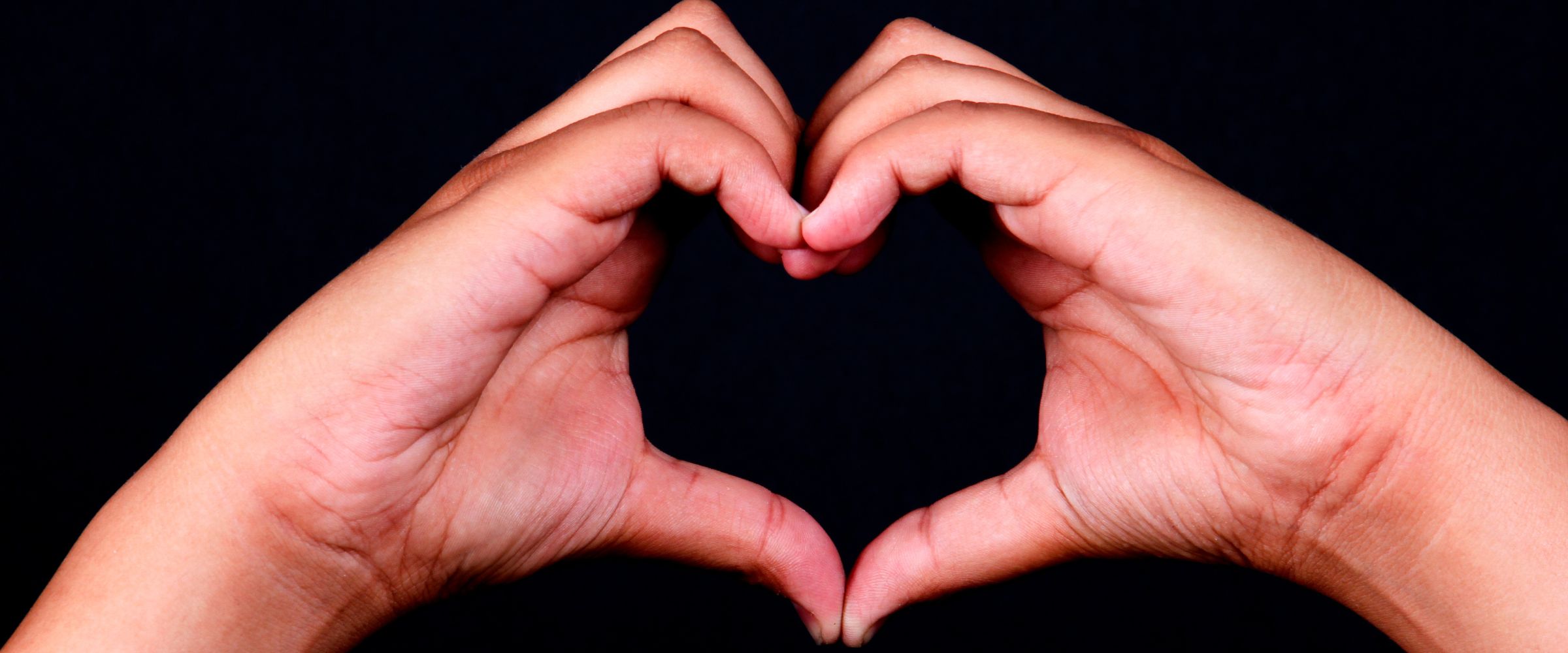The History of International Women’s Day
Understanding it’s origin and celebrating women’s rights advocates

March 05, 2025 in Procurement Services
International Women’s Day (IWD), occurring annually on the 8th of March, is an opportunity to celebrate the achievements of women worldwide and advocate for gender equality.
At Procurement Services, we believe that it’s essential to recognise and appreciate all the accomplishments of the women across our teams. They have an incredible range of expertise and make vital contributions towards our success and growth as an organisation, we wouldn’t be here without them!
Timeline of IWD
Here is a brief record of how International Women’s Day came about, including the women’s rights advancements in the UK that helped to pave the way.
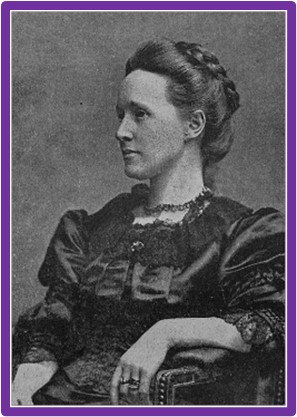
1897 - The Suffragists arose when the National Union for Women’s Suffrage Societies (NUWSS) was founded by Millicent Fawcett, which merged other suffrage organisations from the 1860s. Their aim was to achieve their goals using debate, campaigning, petitions and non-violent marches.
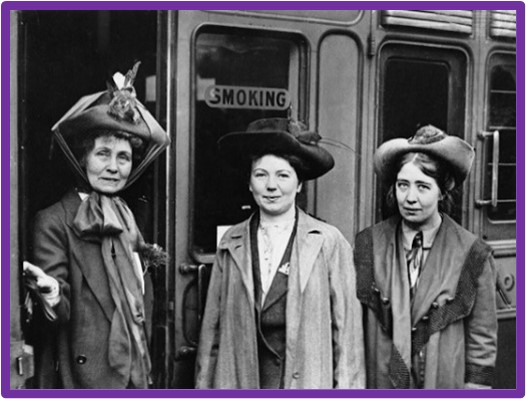
1903 - The Suffragettes came about when the Women’s Social and Political Union (WSPU) was founded by Emmeline Pankhurst and her daughters Christabel and Sylvia. They founded the WSPU as they were disappointed by the lack of progress made by the Suffragists, so felt they had to change their political tactics to be more direct and confrontational.
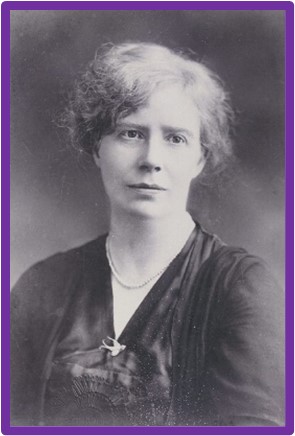
1906 - The National Federation of Women Workers (NFWW) was formed by Mary Macarthur. Working class women worked in small workshops with low pay, poor conditions and long hours. The NFWW was formed to organise women against these poor conditions and fight for a minimum wage.
1908 - The Suffragettes organised a demonstration in London that was attended by over 300,000 activists, the largest protest in British history at the time. In New York City women were also striking and 15,000 marched demanding shorter working hours, better pay and the right to vote
1909 - The Socialist Party of America declared the first National Woman's Day which took place in the United States on 28th February.
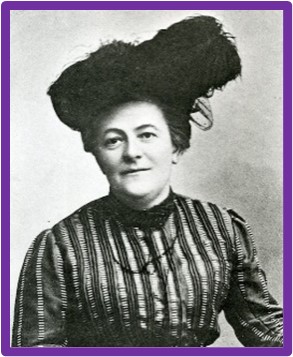
1910 - Clara Zetkin, an advocate for women’s rights, had the idea to make National Women’s Day an international event and raised it at an International Conference of Working Women in Copenhagen, Denmark. This was unanimously backed by the 100 women from 17 countries who were at the conference.
1911 - The first International Women's Day was celebrated in Austria, Denmark, Germany and Switzerland.
1977 - IWD was then officially recognised by the United Nations and now serves as a global call to action for gender equality.
International Women’s Day is a great opportunity to reflect on this progress, but also to recognise the barriers that women across the world still face today.
Together we can challenge these barriers and move closer towards a world where you are given the same opportunities no matter your gender.
In our next blog, we'll be featuring insights from our Procurement Services team on what International Women's Day means to them!
Sources:
For a more in-depth timeline of women’s rights history in the UK: https://www.visitheritage.co.uk/discover/womens-history/timeline-of-women
Official International Women’s Day website: https://www.internationalwomensday.com/
UN Women (UK) website: https://www.unwomenuk.org/get-involved-iwd/


